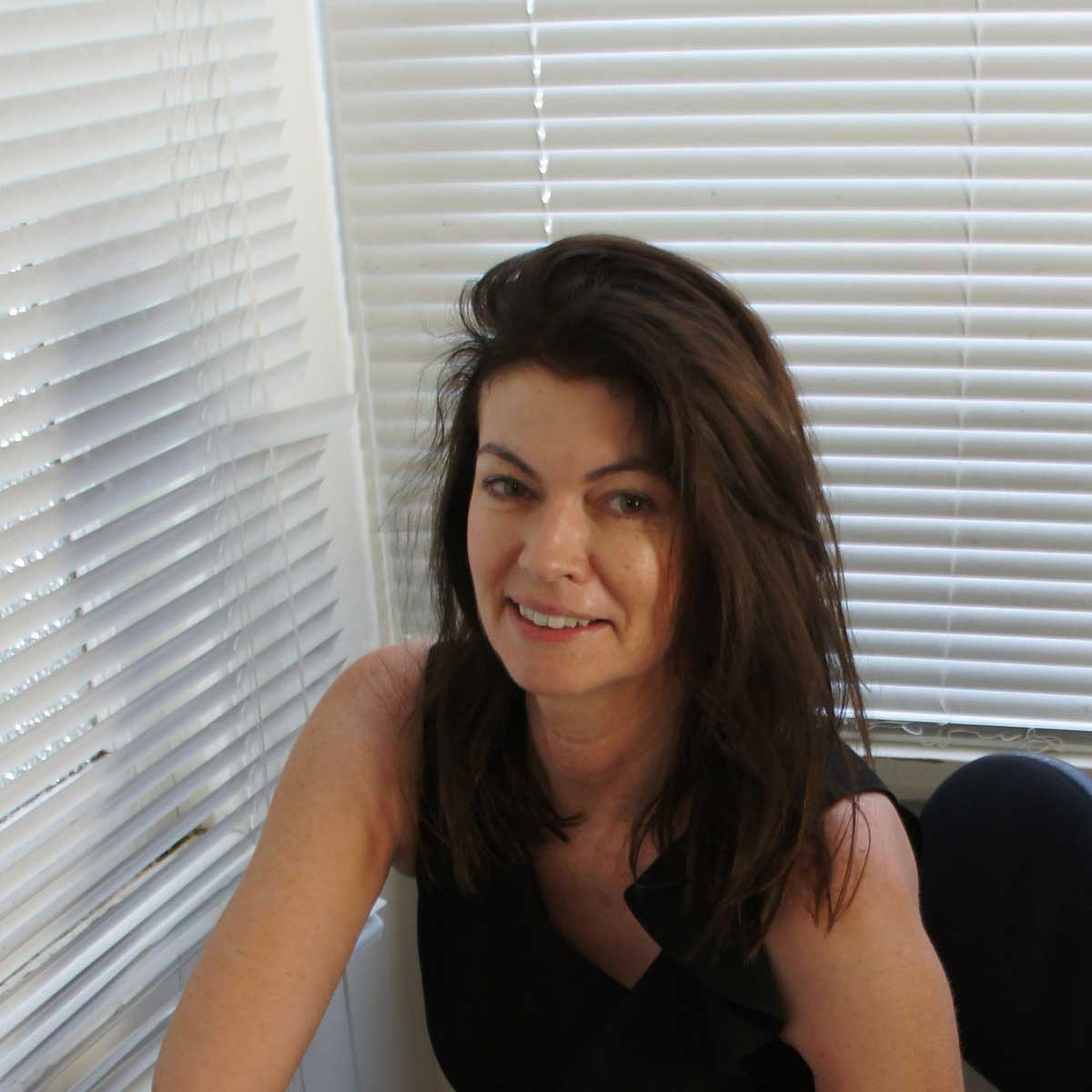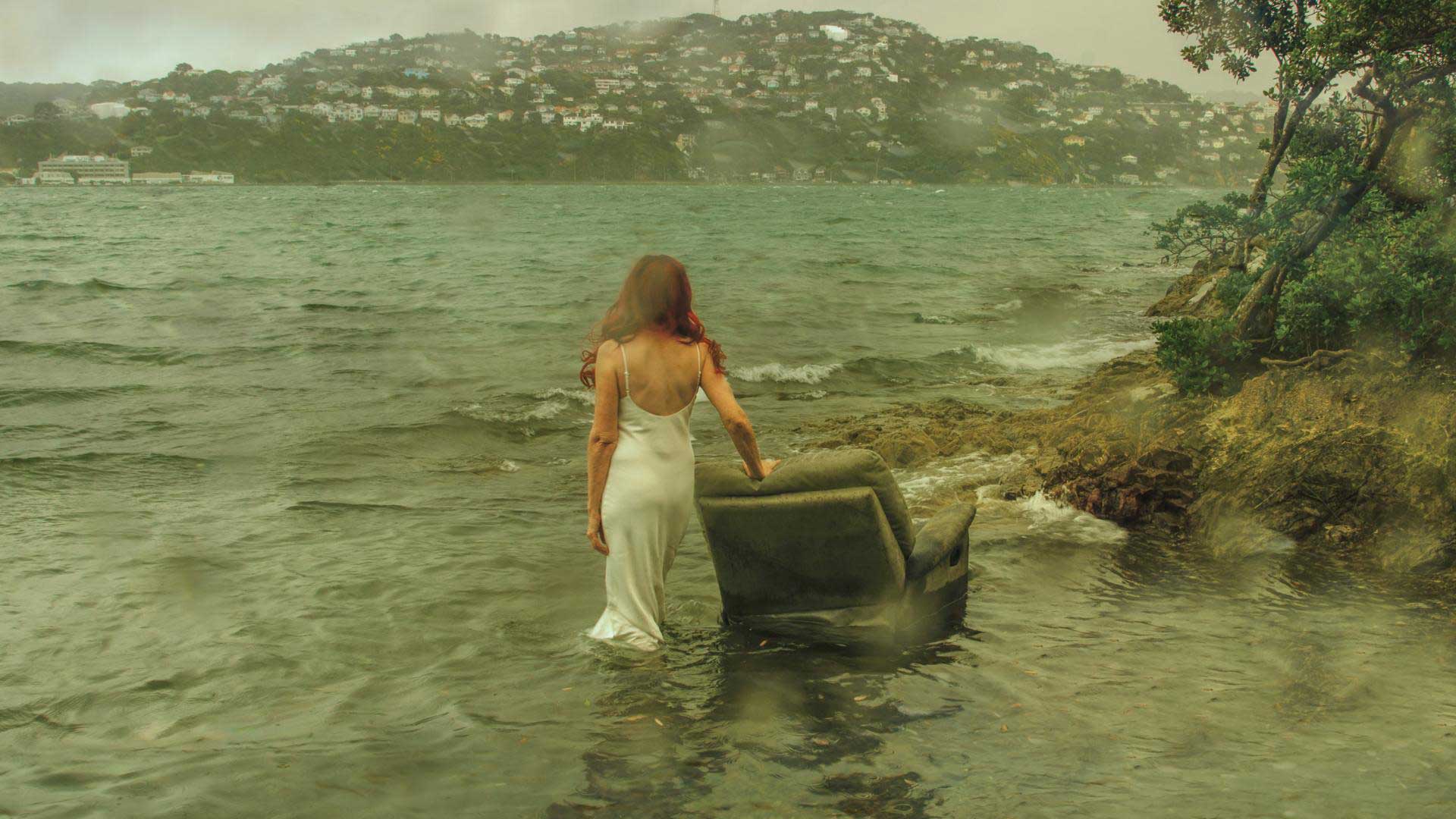1Can you introduce yourself and talk about how you got into photography?
I am originally from South Africa. As a child I always loved to draw but became frustrated that I could never fully portray what I was trying to communicate. I did a short community college darkroom course in Cape Town and I was hooked the moment I saw an image magically appearing on the photographic paper in the developer tray. I suddenly realized this was the medium that I could express myself through.
2Where did you study photography?
I moved to Sydney, Australia in 1997 and did a part time course at the Sydney Institute of Technology but I left the course during the 2nd year. There was a certain formula that ensured you received high marks, which did not align with my creativity.
On moving to New Zealand in 2016, I did a six month mentoring course which culminated in an exhibition. I found doing mentoring totally elevated my photography. It often forced me to do assignments that stretched my capabilities and offered surprisingly different perspectives.
3Do you remember your first shot? What was it?
It was a black and white photo of an abandoned cottage, shot from inside the cottage. The main focus was a door frame, weathered with time. There was a beautiful balance to the image. The gorgeous atmospheric lighting created beautiful shadows. The overall effect was a sense of mystery.
4What equipment do you use?
Up to now I have used a Nikon D7000 which is pretty old. I have never been that concerned with equipment as I believe that it is a small part of the equation. If you don’t have a photographic eye it doesn’t matter what equipment you have, you will not become a great photographer.
Recently I updated my system to the Fujifilm X-T5 as this system is waterproof. It is a beautifully light system which I can carry with me and is suitable for taking lots of in camera shots, which suits my photographic style of taking self-portraits. It will also enable me to take my “When It Rains” in another direction as I will be able to take photo’s literally in the rain as opposed through my car windscreen.
5What compliment inspired/touched you the most?
Shibui was a minimalist series of images capturing tiny tranquil moments through the use of beautiful natural lighting. The Reviewer complimented me on the sense of visual poetry created by my choice of subject, tonality and composition.
6What inspires your unique storytelling?
I love images that elevate the sense of beauty in everyday subjects. It makes you appreciate all the beautiful moments that present themselves to you on a daily basis.
7What THREE (3) words describe your photography style?
Ethereal as I am drawn to images that feel light or delicate. Self-Portraits, this was not intentionally but I find it more spontaneous as I can get out and photograph in any given moment. I tend to use a shallow depth of field as it gives my images as sense of intimacy.
8Congratulations! As the winner of the MUSE Photography Awards, what does it mean for you and your team to receive this distinction?
It has been a huge honor to win the MUSE Photography Award, and I am immensely grateful to the organizers not only for the opportunity to enter the competition but the huge compliment you have paid me by giving me the award. The award has encouraged me to keep experimenting and pushing the boundaries in expanding this series “When it Rains” and to continue working on other ideas.
9Can you explain a bit about the winning work you entered into the 2023 MUSE Photography Awards, and why you chose to enter this project?
The winning work is a series of landscape photograph’s and self-portraits to illustrate how nature and humankind are interconnected.
I often use the imagery of shooting through rainy glass to symbolize the current state of the environment, namely changes in weather systems and the threat of rising sea level
I tend to shoot in flat lighting and use a muted colour palette which I think creates an atmosphere enhancing my concern about the effects of global warming on our planet.
Recently New Zealand was hit by Cyclone Gabrielle and I experienced first-hand the physical, social, geographical and psychological impacts flooding. It is my ambition to use my art as a platform to spark conversations around global warming and to make people more conscious of their choices in order to create a more sustainable future.
10How has winning an award developed your career?
I am hugely encouraged to have won this award; working solo as I do can be a lonely place and to have my work noticed by others and rewarded by others has given me a new energy to continue with my themes and ideas.
It has also reconfirmed how important it is photographing a subject that I am passionate about and to continue working on different bodies of work.
11Name 1-3 photographers who have inspired you.
I love Todd Hido’s work, as he is a master at creating atmospheric images regardless of his subject matter. Many of Hido’s images have an element of blur.
Saul Leiter inspires me, as his earlier painting background is evident in his distinctive images filled with painterly qualities.
12What was the best piece of advice you were given starting out, by a mentor or your role model?
To not overthink whilst photographing. Never to judge your work harshly as it can totally immobilize you with fear and prevent you from taking risks and making mistakes which you learn from.
13What advice would you give someone who would like to become a photographer today?
Continually take photographs and find a mentor that will push you and be completely honest as to how you can improve your work. It is also really important to surround yourself with like-minded people that will encourage you and will always have your best interests at heart.
14What is your key to success? Any parting words of wisdom?
To photograph what you absolutely love and not become influenced by what you think other people will prefer as you will be setting yourself up for disappointment. Even if you don’t have narrative when you start a body work, keep going as your intention will slowly reveal itself if you passionate about the work.
15How do you stay in that space of being receptive to new information and knowledge?
Attending exhibitions, listening to interviews, reading books on a diverse range of subjects, looking at sculpture, fashion and listening to podcasts.
16Anything else you would like to add to the interview?
I would like to thank the jury panel and for being given the opportunity to present this interview to the MUSE Photography Awards.




